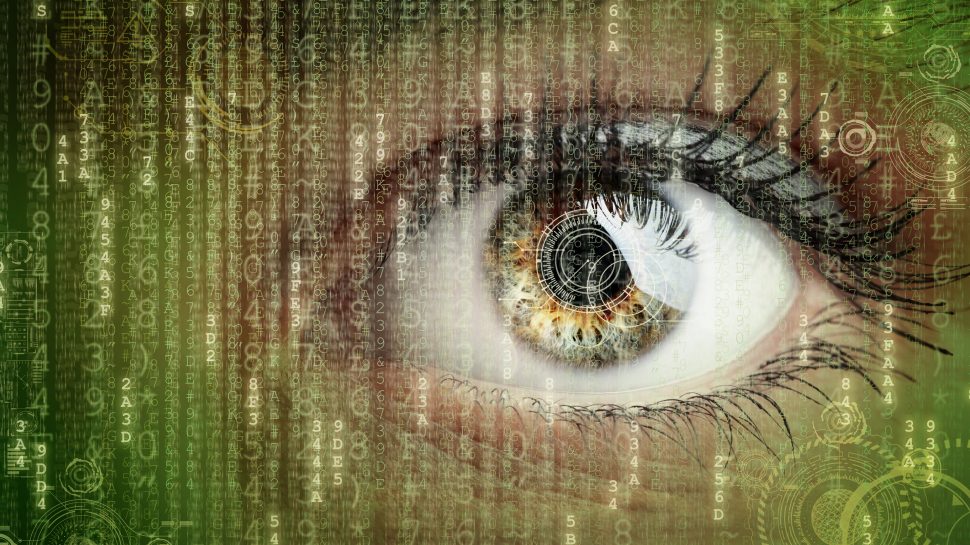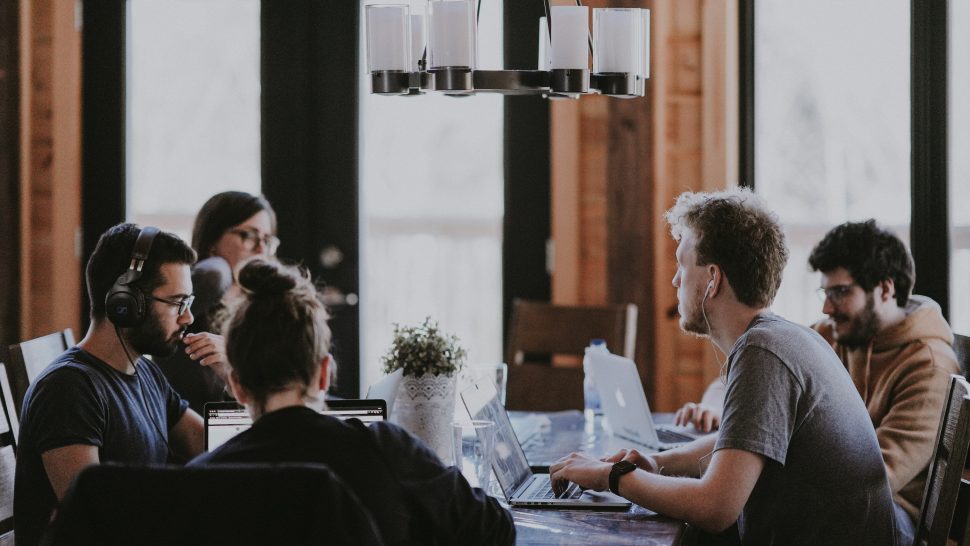Four global insights that could shape Australia’s digital licensing framework
Our recent insight paper Digital licensing: Towards 2030 shows that digital licences could form the basis of almost every credential we need to get things done. But it requires a major shift in consumer habits, and business and government processes.

So how can we build on previous waves of innovation both here in Australia and around the world? Here are four key learnings on digital transformation from other countries.
1. Convenience will drive acceptance
This might have been hard to imagine five years ago but 42 per cent of Australians now do their banking from a mobile phone. As consumers, we’ve been quick to embrace paypass contactless payments at checkouts - just as we adopted the ATM for 24/7 cash withdrawals over 50 years ago. Why? Because they make our lives so much easier.
In China, cash has virtually disappeared, with consumers making the smallest purchases by scanning a QR code on their mobile phone. In Australia, there are predictions that as more features are added to digital wallets (such as Apple Pay or AndroidPay), customers may switch banks if another has a better payment tool that works with their preferred smartphone wallet.
Convenience is also a key motivation in the move towards digital licences. A digital driver licence pilot program in four American states in 2016 revealed that most users were keen to go digital because it gave them the freedom to leave their physical wallet at home.
More recently, a local council trial of Australia Post’s Keypass in Digital iD™ in Victoria showed young people were enthusiastic users of a digital alternative to their proof of age card, as it enabled them to enter clubs and bars without carrying a wallet – or, in the case of international students, their passport.
When it comes to convenience, consumers will ultimately want everything to be stored in their digital wallet. A 2016 survey of 2,000 people in the United States and United Kingdom showed they also wanted to store loyalty cards, airline boarding passes, event tickets, ID cards and public transport passes.

What will our licences look like in the next decade?
Our insight paper, Digital licensing: Towards 2030 takes a look at the global trends, challenges and success factors around this future.
2. Make everything more accessible
“The under-documented parts of the world are where we’re really seeing traction in the idea of Digital iD,” notes Dan Reynolds, Australia Post’s Digital iD™ Head of Product. “It’s enabling the ‘unbanked’ to bank.”
Africa is the global leader in mobile money, where consumers can send, receive and store money using their mobile phone. It’s used by one in 10 African adults – with 100 million active money accounts.
In India, the world’s largest biometrics database (Aadhaar) provides a verifiable identity for over 1 billion people – many for the first time. All licences and rights are assigned to that identity, removing the need to carry multiple paper certifications.
Locally, there is still a need to consider digital inclusion and that means a choice of both physical and digital documentation is important. When Australia Post collaborated with Queensland Police to launch the first national police clearance check that integrates with Digital iD™, it also offered the option to verify and pay in any Australia Post retail outlet. Within one month, 72 per cent of consumers chose to complete the entire process online but 28 per cent still preferred an in-person experience.
3. Mitigate the risk of human error or fraud
As we continue to do more online, we also become more acutely aware of the trade-off between convenience and security. Trust is built into every successful digital platform, whether that’s confidence in login security or checking an Airtasker’s Australia Post Digital iD™ Badge before they enter your home.
Nicholas Guirietto, Managing Director at Australian Digital Commerce Association (ADCA) believes blockchain holds the tamper-proof answer to this growing concern.
“Our data is only as safe as its laziest custodians,” he explains. He describes a future where he might have a digital wallet with a set of digital ‘keys’, each unlocking a specific piece of data needed to complete a transaction. “Blockchain is the place where the keys are stored, and they can only be used with your permission.”
Blockchain is already being used to manage the risk of supply chain payments in agribusiness, as it can authenticate ownership and create a secure record of the asset’s movement through the global supply chain. It’s also being used to create ‘smart contracts’ in the legal sector.
In higher education, Learning Machine is using blockchain to create secure, portable digital records of a student’s academic record so it can be shared and verified with other institutions or employers anywhere in the world, in a few clicks.
These diverse sectors will all have lessons to share on the potential of new technology for digital licensing.
4. Make sure it works across platforms and borders
Complexity is one of the biggest challenges with digital licensing. It’s managed by different local, state and federal government agencies, as well as private providers. To work seamlessly, it needs to be trusted and validated by verifying parties anywhere in the world.
Interoperability underlies every seamless digital experience, from a rival bank’s ATM checking you’re able to withdraw cash, to mobile data networks re-connecting your phone the moment you land in a new country.
In healthcare, it’s not quite as simple yet. Seamless transfer of health information between patients and providers is essential to timely and accurate medical treatment but the complexity of different healthcare protocols and provider systems has held eHealth back.
This is one of the most important lessons for digital licensing. How can we ensure your digital NSW driver licence will be recognised in Queensland or when you pick up your hire care at London Heathrow? And could your Working with Children Check be valid across borders?
Convenience, accessibility, security and open standards: these are the key components of any successful digital transformation. So it makes sense to understand what’s worked across different sectors and markets, and what we can learn from those experiences.



